You can tell a lot about a brand of ammo the moment you start grouping shots. Some loads hit clean and consistent, while others feel like they were made in the dark. Factory ammo is supposed to mean reliability—but some brands prove that price and packaging don’t equal performance. Many of these lines advertise “match-grade” accuracy or “premium components,” yet they can’t hold a group tighter than a handloaded batch of range brass and bulk powder.
Poor consistency in powder charges, sloppy bullet seating, and inconsistent brass thickness all play a role. You’ll see wild velocity spreads and erratic point of impact shifts that no decent rifle should tolerate. The worst offenders aren’t always bargain-bin brands either—some of them cost more than handloads and still shoot like you’re throwing rocks. If you’ve ever watched an expensive box of ammo turn your tack-driver into a scattergun, you know how frustrating it can be. Here are the brands that earn that reputation.
Remington Core-Lokt Tipped
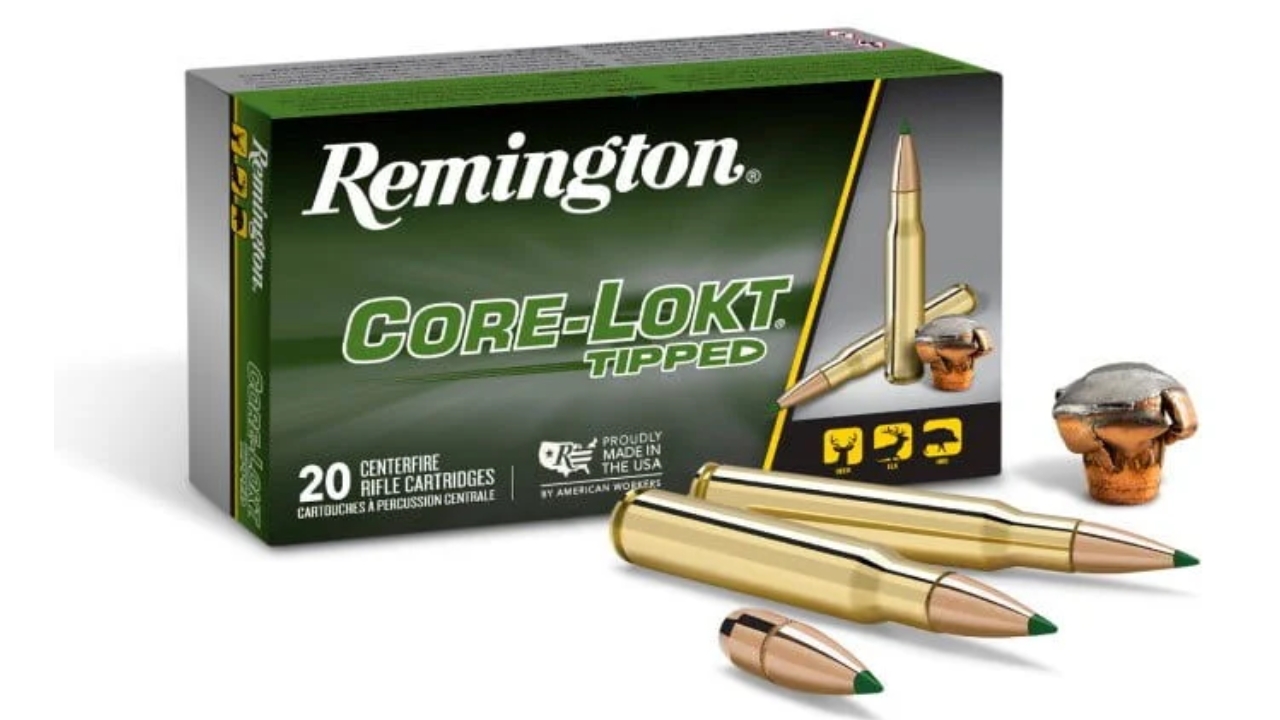
The original Core-Lokt was reliable, but the newer Tipped version hasn’t lived up to the name. Many hunters report uneven accuracy and velocity swings between lots. It’s common to see fliers several inches off target even when the rifle is dialed in perfectly with other loads. The tipped bullets often show poor concentricity, which hurts long-range performance and consistency.
In the field, it still kills cleanly on soft hits, but for precision or longer shots, it falls apart fast. You can often reload spent brass from Core-Lokt Tipped and get better groups with your own handloads. The inconsistency isn’t a small batch issue either—it’s widespread across multiple calibers. It’s a shame because the bullet design is solid, but the factory quality control just hasn’t kept pace.
Winchester Super X
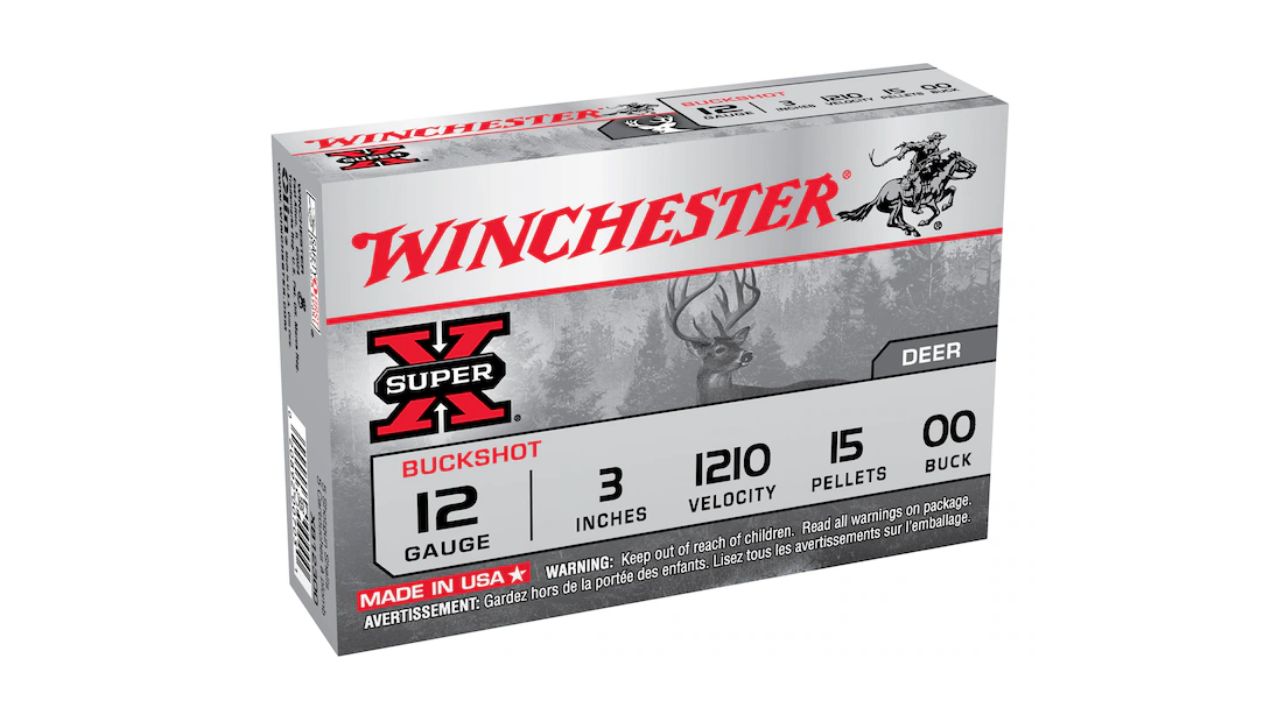
Winchester Super X is widely available and often priced well, but its accuracy is hit-or-miss—literally. Some rifles love it, while others scatter it like buckshot. The biggest issue is inconsistent powder metering, which causes velocity spreads that ruin precision. On the chronograph, you’ll see swings of 75 to 100 fps, and that translates directly to wide groups on target.
Bullet seating depth also varies from round to round. That inconsistency throws off harmonics, especially on bolt guns that demand tight tolerances. While Super X might be fine for short-range hunting, it doesn’t inspire confidence at 200 yards or beyond. Plenty of shooters report better performance with budget reloads that were thrown together on a single-stage press. It’s good ammo for volume shooting, but not when accuracy matters.
Federal Power-Shok
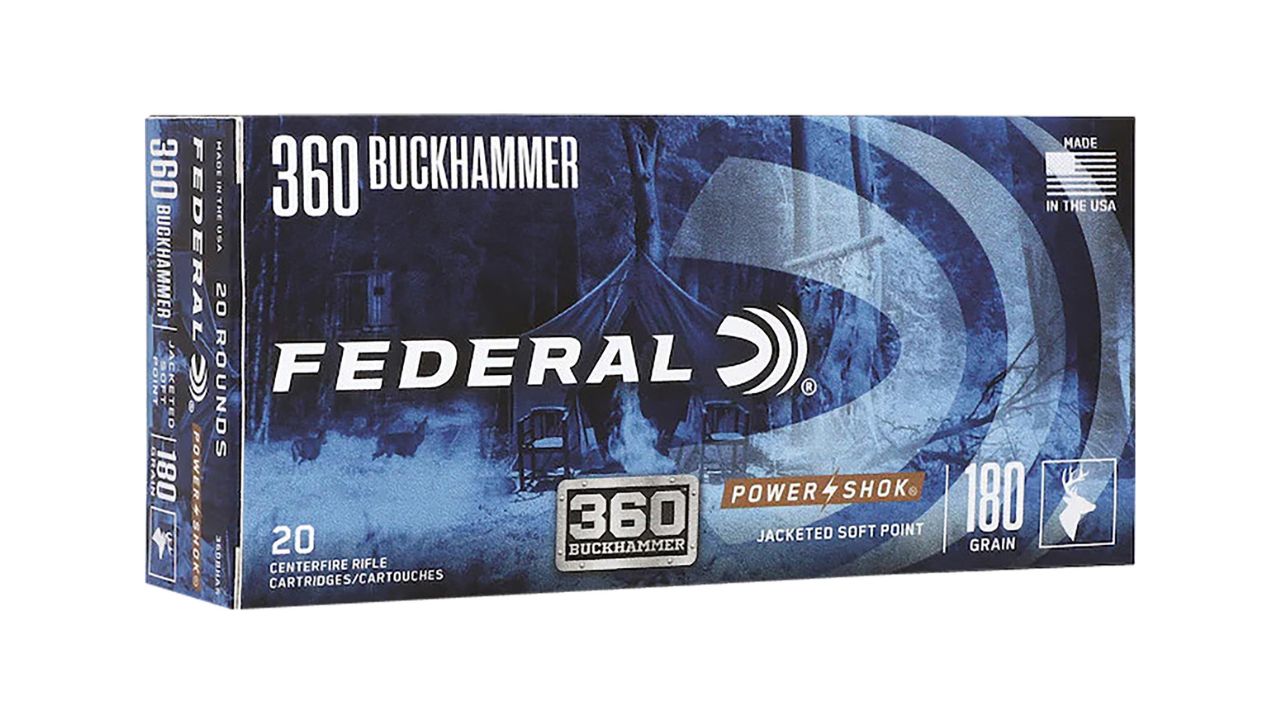
Federal makes excellent ammo, but the Power-Shok line is the one most hunters outgrow fast. It’s designed as an entry-level hunting round, and it performs like one. The bullets are soft and consistent enough for close-range work, but the accuracy falls off fast past 150 yards.
You’ll see erratic grouping, especially in rifles that normally shoot well with other Federal lines. It’s not unusual to find Power-Shok grouping 2.5 to 3 inches at 100 yards while a reload or even a cheaper round like Hornady American Whitetail cuts that in half. For brush guns or short-distance whitetail hunts, it’s serviceable—but if you care about repeatable accuracy, you’re better off reloading your own brass.
TulAmmo
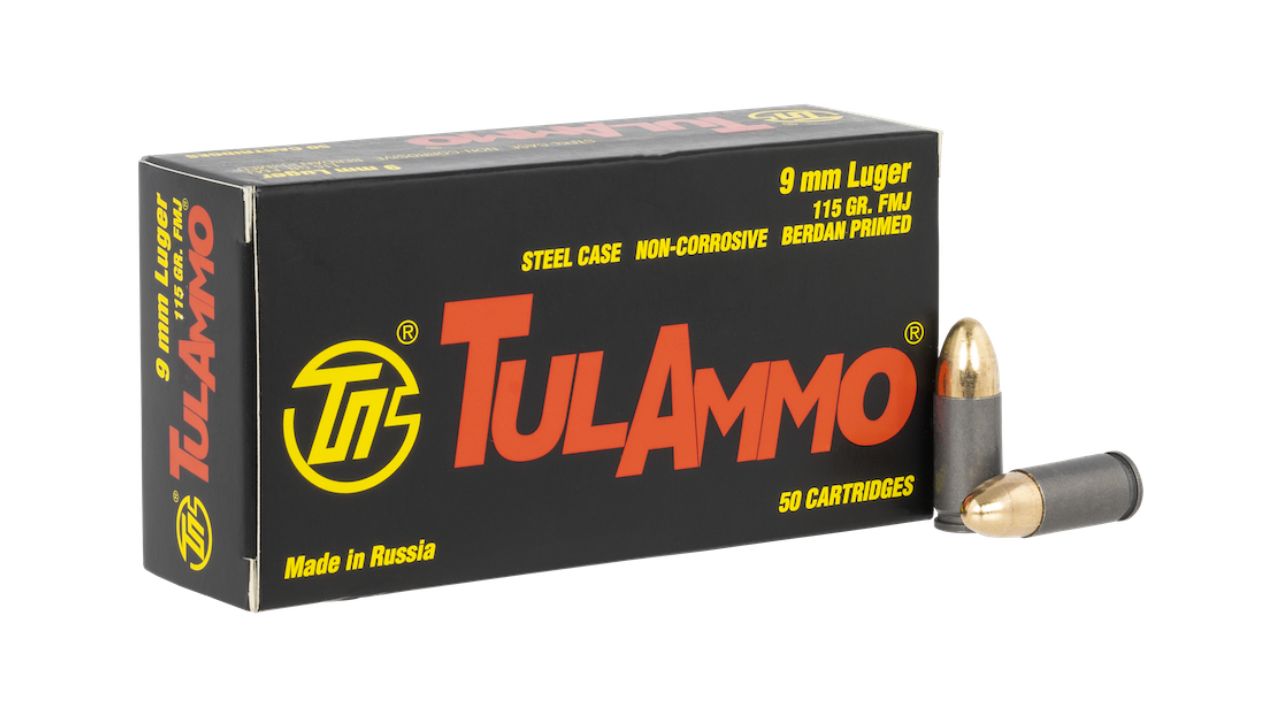
TulAmmo is infamous for being dirty, inconsistent, and barely accurate in many rifles. The steel cases don’t expand and seal properly in the chamber, which leads to inconsistent pressure and velocity. That translates to unpredictable point of impact, often several inches off with every group.
The primers are also hard and unreliable, especially in semi-autos, leading to frequent light strikes. Even when it does fire, accuracy is so inconsistent that many shooters use it strictly for break-in or short-range plinking. You’ll often find it leaves residue that fouls the chamber and barrel quickly, adding to your cleaning workload. Cheap reloads, even with mixed brass, easily outperform TulAmmo in both precision and reliability. It’s ammo that saves you money up front but costs you in wasted time and frustration.
Wolf Performance Ammunition
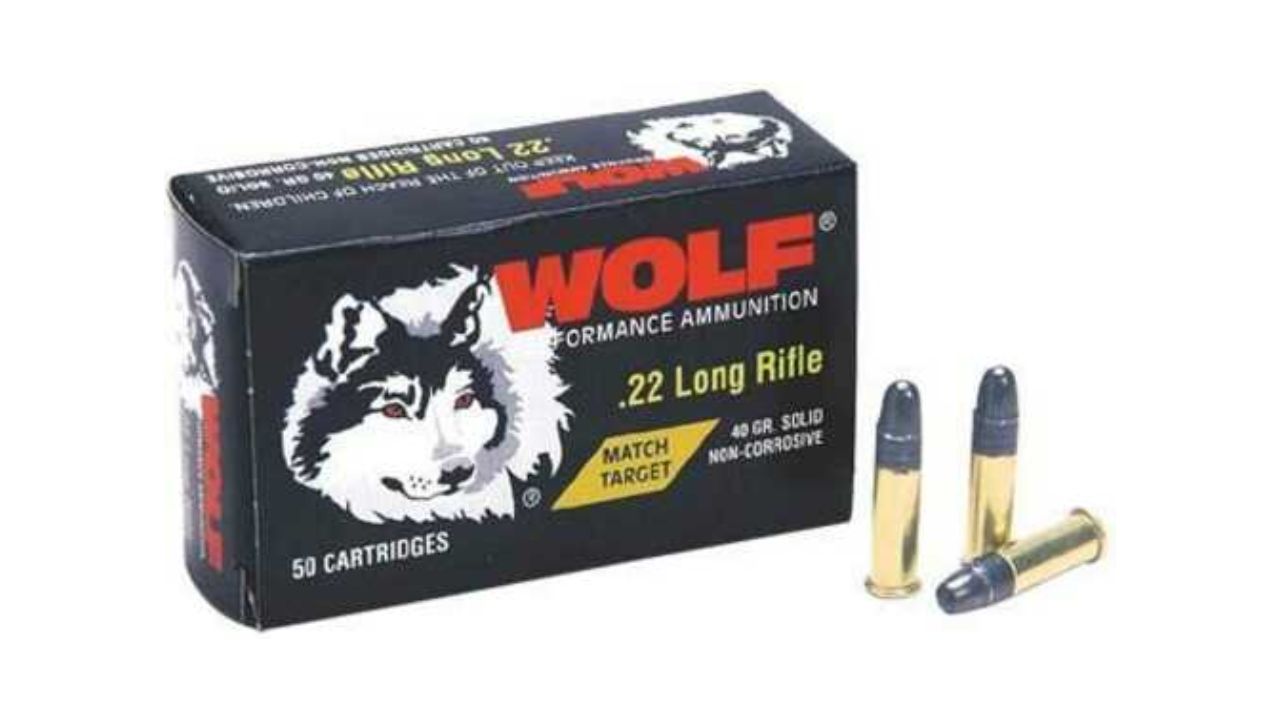
Wolf ammo is another steel-cased option that’s built for economy, not accuracy. The lacquer coating can cause chamber fouling, and the inconsistent powder charge produces erratic velocities. Most rifles will group it somewhere between three and five inches at 100 yards. That’s acceptable for plinking but embarrassing compared to even low-effort handloads.
It also tends to be dirtier than average, leaving behind residue that builds up fast. The steel case doesn’t expand like brass, leading to blowback that gunks up actions and gas systems. Some shooters have luck in AK-pattern rifles, but for anything else, it’s unreliable. You’ll get better consistency from a reloader with a Lee press and a coffee can of old brass than you’ll ever see from a box of Wolf.
Aguila Rifle Ammunition
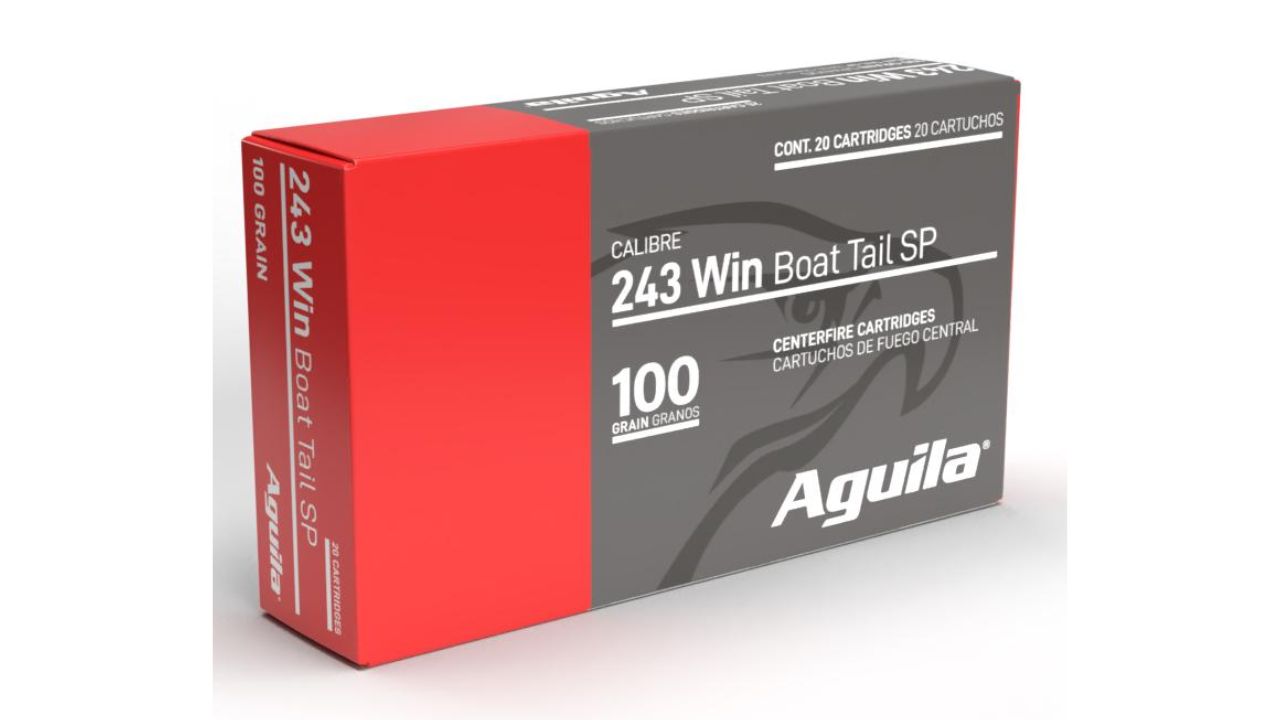
Aguila’s centerfire rifle ammo has improved over the years, but many loads still suffer from wide velocity spreads and loose tolerances. The powder charge often varies enough to cause noticeable point-of-impact changes from shot to shot. It’s not uncommon to see 4-inch groups from rifles that regularly shoot 1-inch with other ammo.
It’s clean enough, but accuracy isn’t its strong suit. Even their .308 and .223 loads feel underpowered compared to competitors, which can affect cycling in semi-autos. The primers are consistent, but the bullets themselves often show visible runout or imperfect seating depth. It’s serviceable for plinking, but it performs worse than carefully made reloads from bulk components. You’ll waste more ammo chasing your zero than enjoying range time.
PPU (Prvi Partizan)
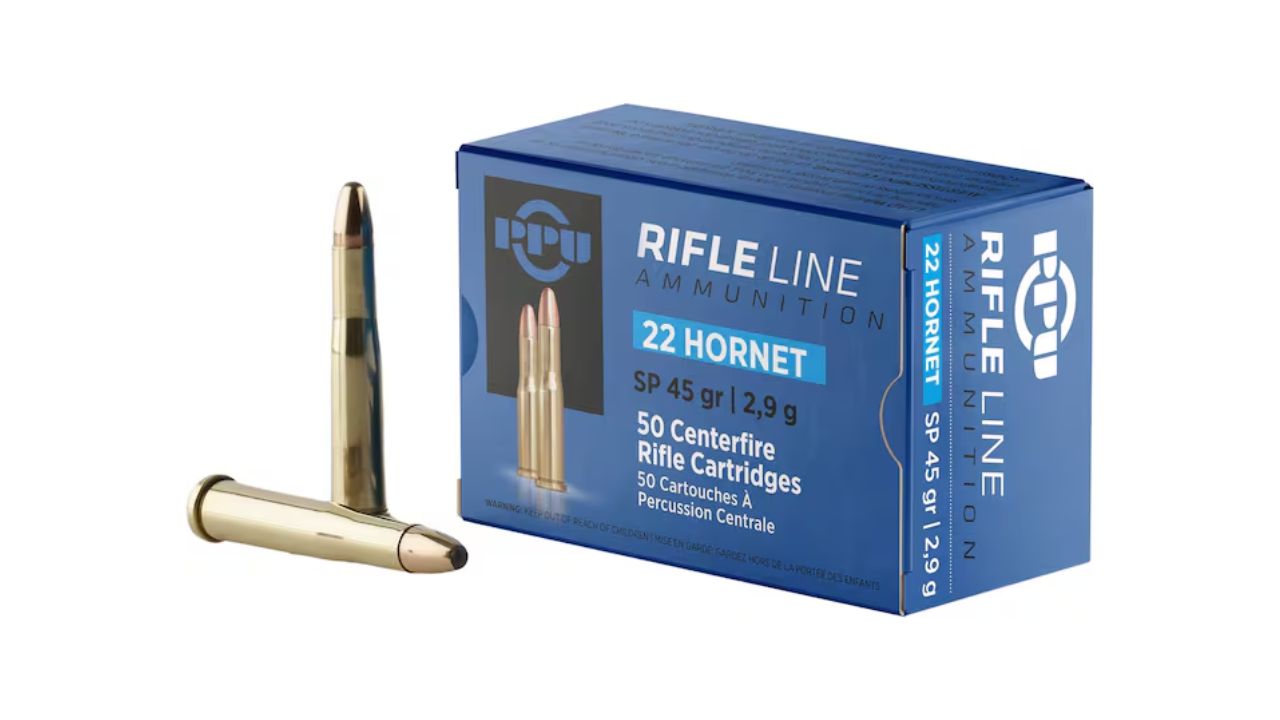
PPU is known for affordable brass, but its factory ammo is inconsistent at best. Some rifles shoot it acceptably, but others see fliers all over the target. Velocity variation is the main culprit—you’ll often see extreme spreads over 100 fps between shots. The brass is decent for reloading, but the factory loads themselves lack the precision needed for repeatable accuracy.
Many shooters find that handloading spent PPU cases gives dramatically better performance, proving the issue isn’t the materials but the factory process. Powder charge inconsistency and soft-neck brass lead to erratic performance, especially in hotter calibers like .30-06 or .308. It’s affordable, yes, but don’t expect tight groups or reliable point of impact past 100 yards.
Perfecta Ammunition
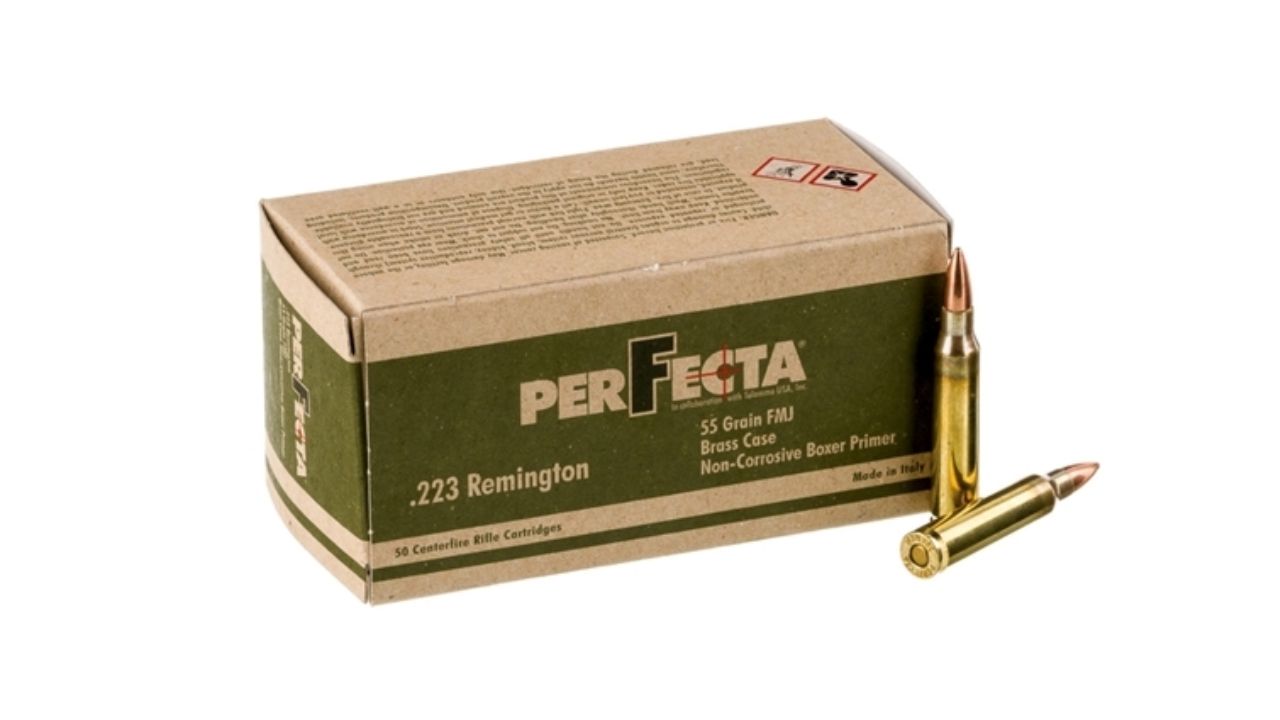
Perfecta had a strong start when it hit the U.S. market, but quality control dropped fast. The brass is fine for reloaders, but the factory ammo is plagued by poor neck tension and inconsistent seating. Many shooters report vertical stringing caused by uneven powder burns, with groups that double in size compared to other brands in the same price range.
Even worse, some calibers show visible bullet deformation straight out of the box. That kind of inconsistency ruins accuracy before the round even leaves the chamber. For reloaders, it’s good brass to work with later—but the ammo itself feels rushed through production. It’s cheaper, sure, but most handloads from mixed cases will outperform it in both precision and consistency.
Fiocchi Range Dynamics
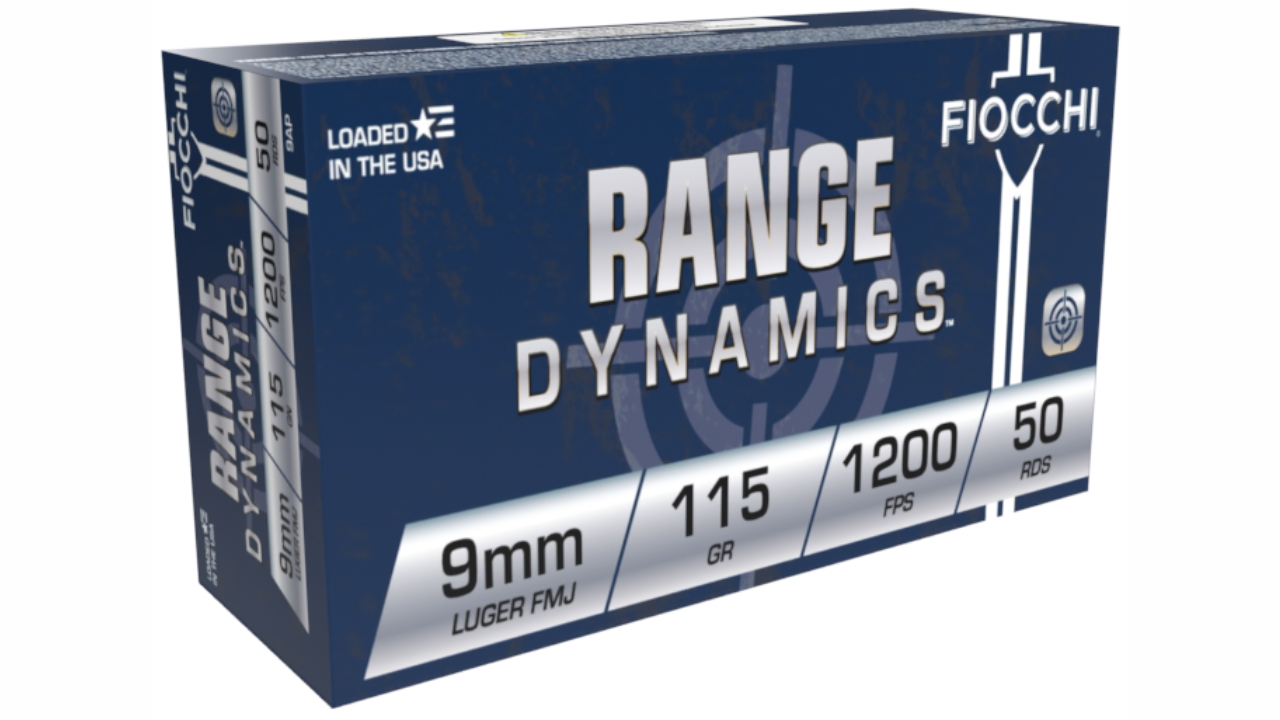
Fiocchi’s Range Dynamics line has decent components but lacks consistency between lots. Accuracy varies noticeably depending on where and when it was made. Some batches group nicely, while others throw wild fliers. The problem often comes down to uneven powder charges and loose tolerances during bullet seating.
It’s reliable for cycling and goes bang every time, but precision isn’t its strong point. Shooters who reload often find they can produce far more accurate results with those same cases. Fiocchi’s match ammo is much better, but the Range Dynamics line underperforms badly for its price. It’s fine for practice, but if you’re chasing tight groups, you’ll be disappointed.
Independence Ammunition
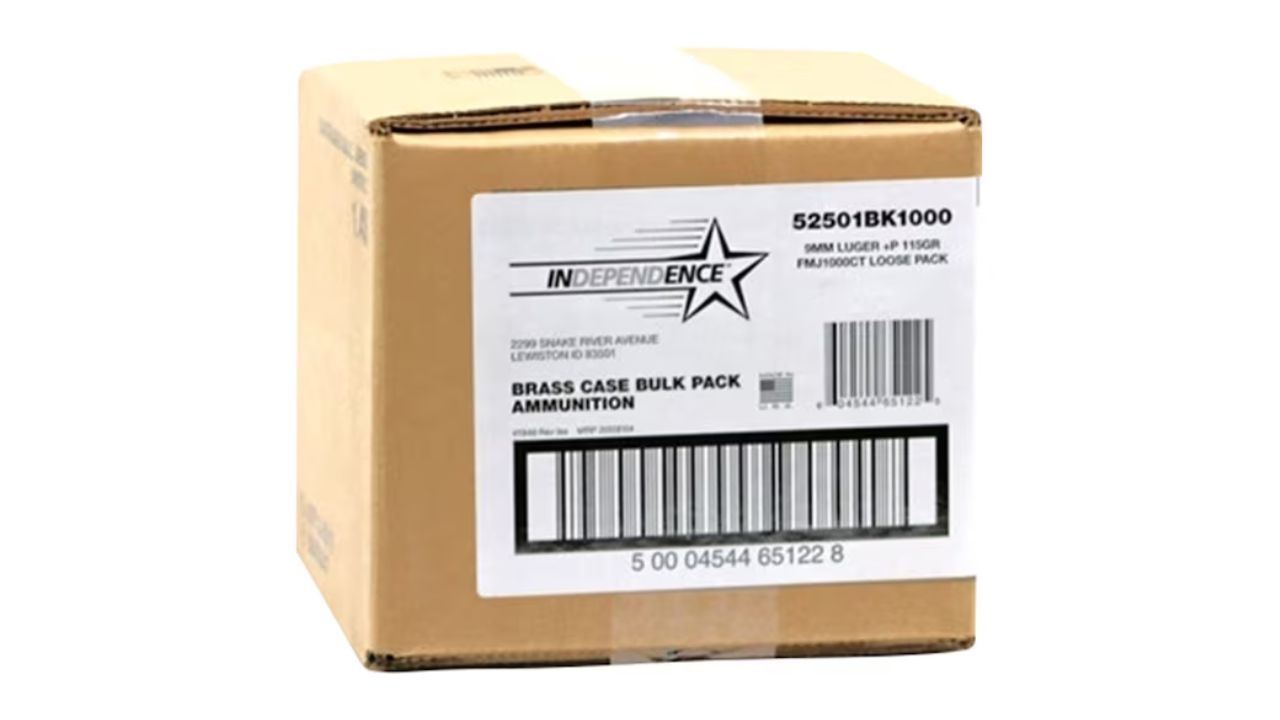
Independence ammo, often made under contract by Federal, has a reputation for being rough and inconsistent. The cases show dents and uneven crimps, and the powder charges vary enough to produce wide velocity spreads. At 100 yards, you’ll often see 3–5-inch groups, even from rifles that normally stack shots.
It’s meant for bulk training, but even there, reloaders can do better. Many shooters find mixed-brass handloads shoot noticeably tighter with less fouling. Independence is known to run dirty, leaving carbon buildup quickly. For plinking, it’ll do—but calling it “factory accuracy” is generous. You’ll save a few bucks per box, but your targets will tell you what it really costs in consistency.
Like The Avid Outdoorsman’s content? Be sure to follow us.
Here’s more from us:
Calibers That Shouldn’t Even Be On the Shelf Anymore
Rifles That Shouldn’t Be Trusted Past 100 Yards
*This article was developed with AI-powered tools and has been carefully reviewed by our editors.






